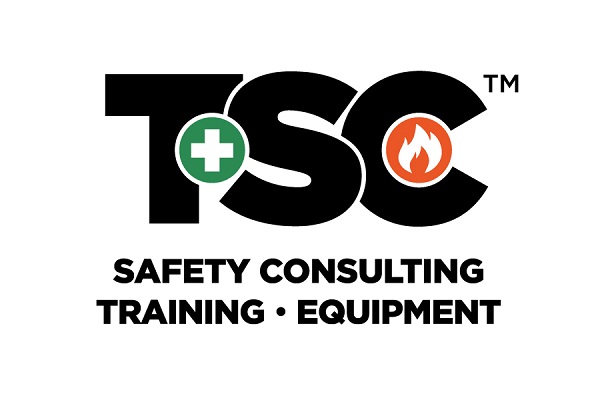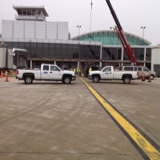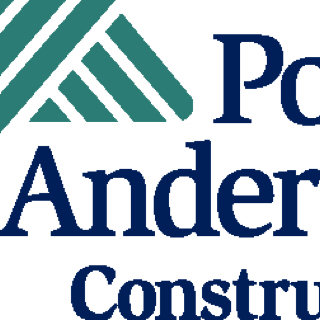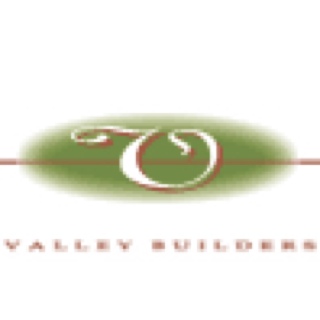Title Page
-
Construction Manager / General Contractor:
-
Subcontractor
-
Project
-
Conducted on
-
Prepared by
-
Document No.
Job Site Safety Requirements
-
Safety Requirements
Every subcontractor is obligated to comply fully with the project safety plan as part of their contractual responsibilities. They are also expected to comply with all OSHA regulations and safety requirements. Some of these are as follows:
-attending mandatory safety orientation before doing any work on site
-abiding by strict PPE requirements
-maintaining clean work area at all times
-obtaining the necessary safety permits from before beginning the affected work,
e.g. hot work/scaffolding/confined space entry/equipment/etc.
EVERYONE on a project is required to wear at ALL TIMES!
-Hard Hat
-Safety Glasses
-High visibility shirt or safety vest
Everyone must comply with the written hazardous communications program by maintaining complete and up-to-date MSDS files on site that are readily available to anyone.
Everyone is required to participate in weekly job site safety meetings which are used for supervisor, craft and labor education.
Subcontractors must conduct their own daily safety inspections and document them.
Every contractor working on site must wear the minimum specified personal protective equipment (PPE), as well as required PPE to perform certain kinds of work tasks.
OSHA
-
Some of the top OSHA construction violations:
-Fall protection
-Scaffolding
-Improper ladder use
-Electrical wiring, general requirements
-Powered Industrial Trucks (Rough terrain forklift) -
Fall Protection
-Above 6' fall protection is required without exception.
-Guard rails should be utilized when ever possible. Top rail 42", Mid rail and Bottom rail.
-Average OSHA fine for improper fall protection $2,838.00
https://www.osha.gov/SLTC/fallprotection/construction.html -
Scaffolding
-Always build your scaffold on a secure mud sill with adjustable legs.
-Use guard rails on all open sides of scaffolding.
-Average OSHA fine for improper scaffolding $1,777.00
http://www.dir.ca.gov/dosh/dosh_publications/GuideForSupportedScaffolds.pdf -
Improper use of step ladders
- Never lean a folded stepladder and climb.
- Do not use worn of broken stepladders.
- Don't stand on the top two steps on a stepladder.
-Average OSHA fine for improper ladder use $1,490.00 -
General Electrical Safety
-Inspect electrical cords daily for cuts or nicks, Damaged cords should be taken out of service immediately.
-Always plug into a GFCI protected outlet.
-Average OSHA fire for general electrical safety $1,080.00
https://www.osha.gov/Publications/electrical_safety.html -
Rough Terrain Forklifts, Boom lifts
-Never leave a forklift boom in the air without the operator at the controls.
-If using a working platform on a forklift the platform must be securely attached to the forklift.
-workers on a forklift platform must wear a safety harness properly tied off to the forklift.
-Any worker in a boom lift basket MUST wear a harness and be tied off to lift.
-Average OSHA fine involving forklifts or boom lifts $2,190.00
How platforms are to be fastened to folklift when used as work platforms and safety harnesses on all lifts
What will happen if safety rules are not followed.
-
Consequences for not following safety requirements
-First offense is a verbal warning.
-Second offense is written warning to project manger and safety officer.
-Third offense immediate dismissal from the job site until further notice. -
Signature
By signing below you acknowledge the safety requirements necessary to work on this project. You are encouraged and required to follow and practice all Company & OSHA safety rules. -
Add signature
-
Add signature
-
Add signature
-
Add signature
-
Add signature













